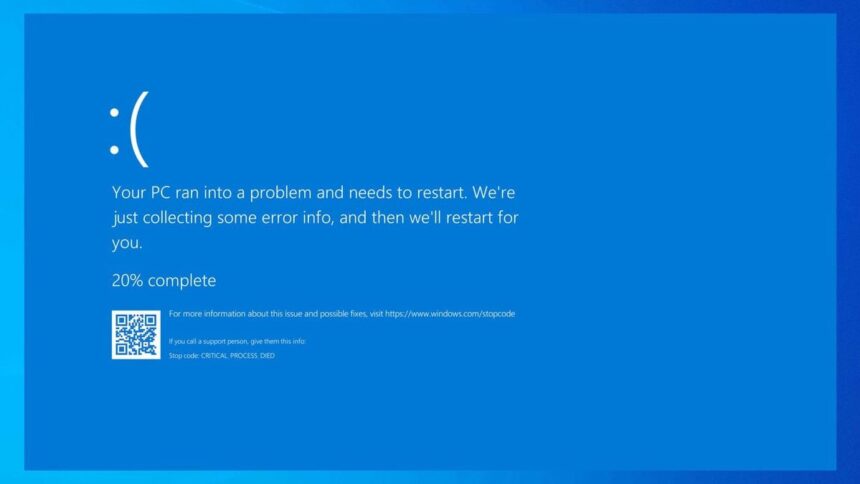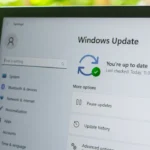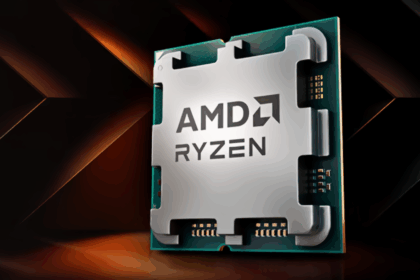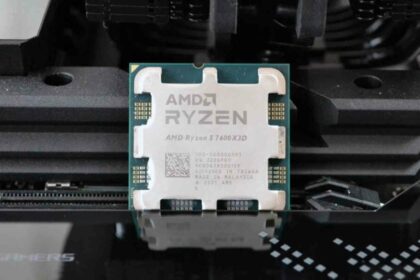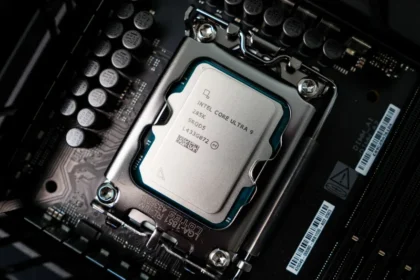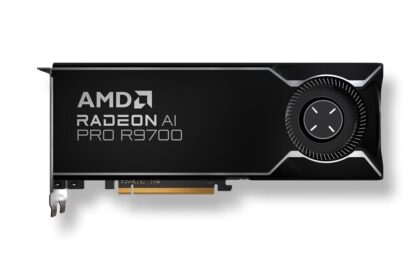This week, NVIDIA released a new driver for its graphics cards, causing issues on older Windows 10 and 11 PCs equipped with older processors like the Intel Core 2 Duo.
Users have reported experiencing the Blue Screen of Death (BSOD) after updating to NVIDIA driver version 555 or later on systems with a GeForce GTX 750 or higher graphics card. This problem highlights compatibility issues between the new driver and older hardware, leading to system crashes.
What is happening?
A significant issue with NVIDIA’s new graphics driver has recently come to light, initially gaining attention through a post by the user @TheBobPony on X (formerly Twitter), and subsequently confirmed by NVIDIA itself.
This problem stems from NVIDIA’s announcement in July that it would cease support for processors lacking Population Count (POPCNT) instruction capabilities. This decision impacts systems using Intel CPUs manufactured before 2008 or AMD CPUs produced prior to 2006, specifically those paired with GeForce GTX 750 or more recent graphics cards.
The compatibility issue manifests as a severe system instability, causing affected computers to enter a continuous cycle of crashes and reboots. This loop persists until Windows eventually displays its system recovery interface.
Users finding themselves locked out of their operating systems due to this problem face limited options: they can attempt to reverse the driver installation using a system restore point, perform a complete system format, or replace their graphics card.
To prevent future occurrences of this issue, users with affected hardware should avoid updating their GPU drivers to version 555 or any subsequent releases.
For those seeking alternatives, one option is to turn to open-source drivers developed by third parties, such as those provided by the Nouveau project. However, it’s important to note that choosing this route involves using unlicensed software, which comes with its own set of potential risks and considerations.

